WHAT TO DO AND WHAT NOT TO DO DURING A BEAR ATTACK
Anyone who hikes, camps, hunts or fishes in bear country has thought about it. Those who live or work where bears also live need to be ready for it. Discussion groups online are filled with opinions on it. Friends around campfires entertain each other with legends about it.
What should you do when confronted by a bear?
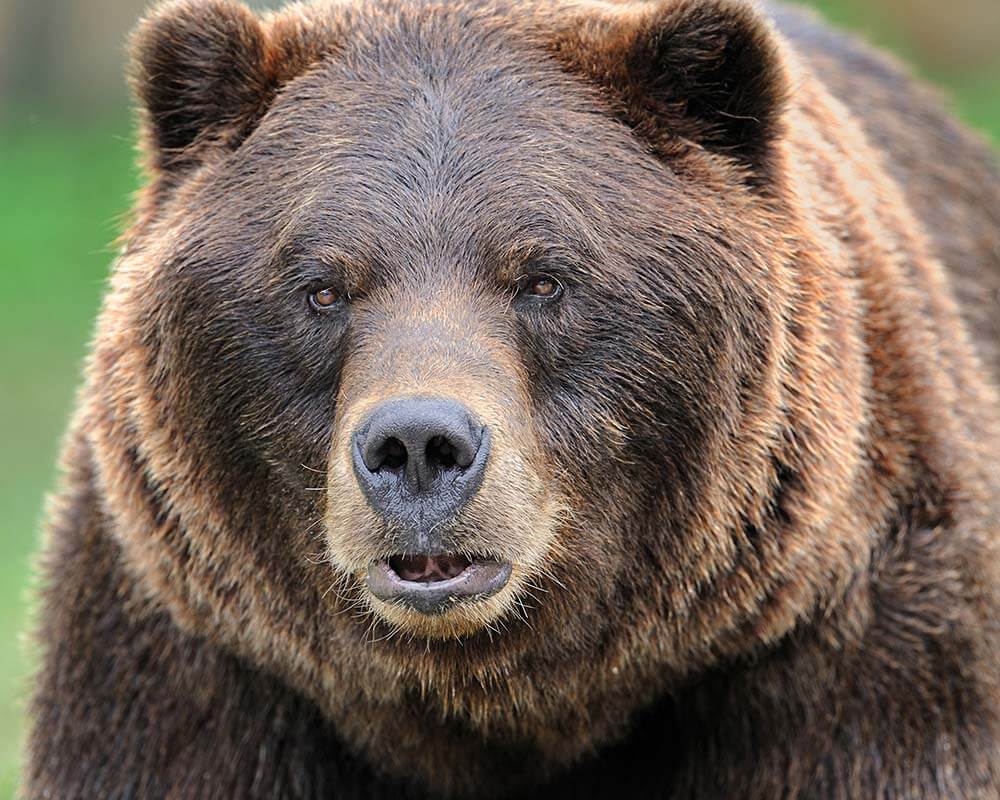
SLIM CHANCES
First know this: despite highly publicized accounts, bear attacks—and specifically human fatalities from bear attacks—are extremely rare. How rare? Well, that’s a tricky question because every source seems to document its statistics a bit differently. Some list any type of encounters, some actual attacks, some include incidents in zoos, some include only stats where human fatalities occurred.
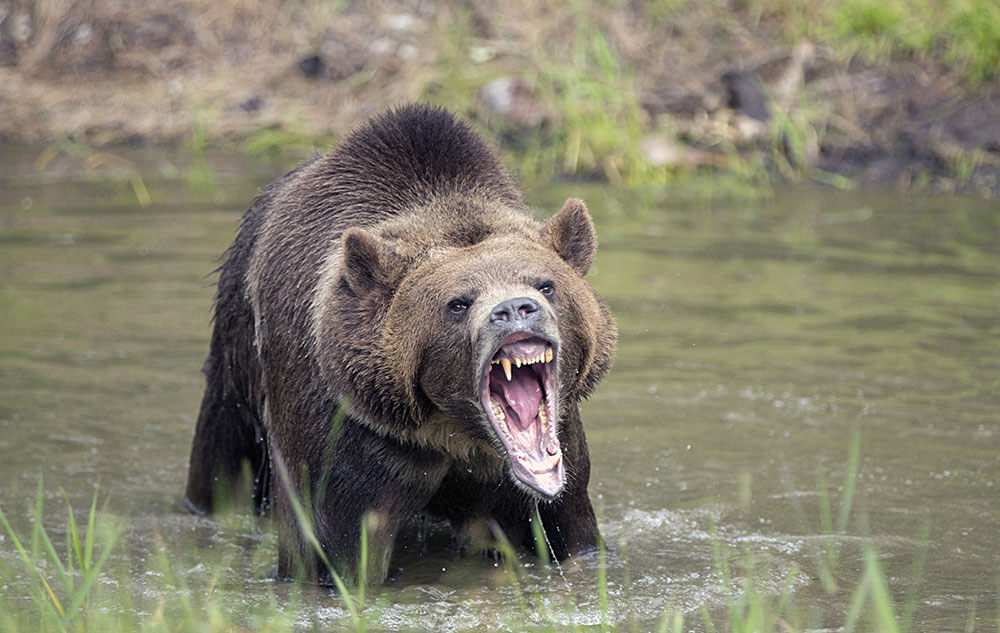
One source (Blog.Batchgeo.com) lists 183 fatalities from bears in North America since 1784. For our purposes, discounting the 28 that occurred from bears in captivity, brown bears accounted for 82 deaths, black bears for 66, and polar bears for 7. If that’s even close to being accurate, that’s a low number over the course of 238 years.
LOCATION, LOCATION
Not surprisingly, the chances of being killed by a bear are greatest where a large number of bears intersects with large numbers of people. According to that same source, a couple of national parks head the list. It cites 10 fatalities in Glacier National Park in Montana and 8 fatalities in Yellowstone National Park in Wyoming, all from brown bears. According to Alaska’s News Source, however, bears accounted for 10 deaths in Alaska in the years from 2000 to 2017 alone. In North America overall, that source cites 46 fatal bear attacks (48 deaths) in that span, which averages to less than 3 per year.
“If any bear attacks you in your tent, or stalks you and then attacks, do NOT play dead—fight back!”
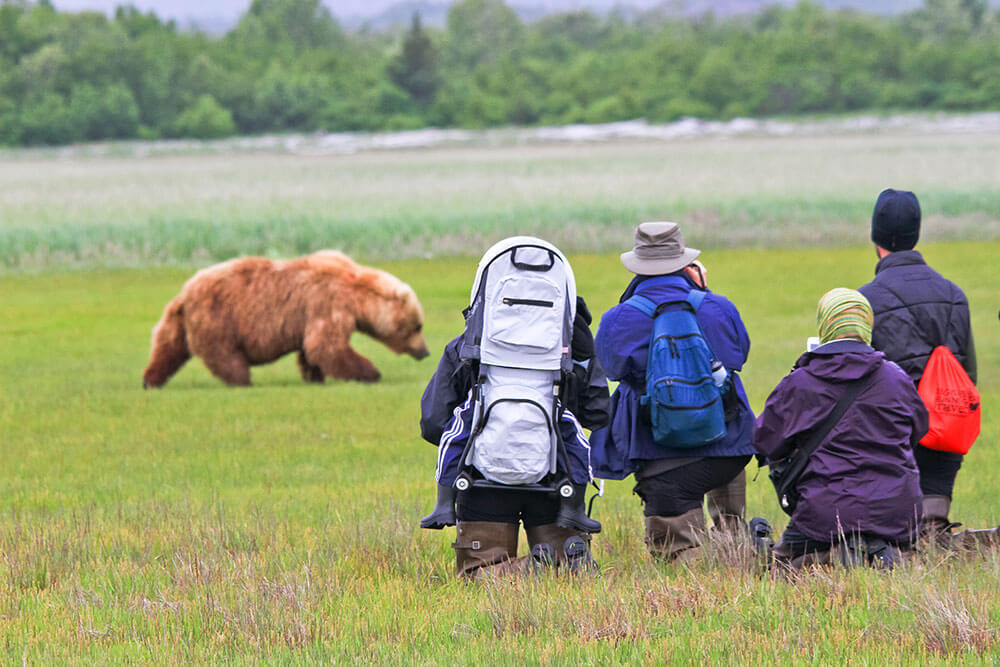
SAFEGUARDS
Just because the odds of facing a bear attack are very low, that doesn’t mean you should be reckless in your behavior. Here are some things you can do to discourage bears from hanging around in your vicinity.
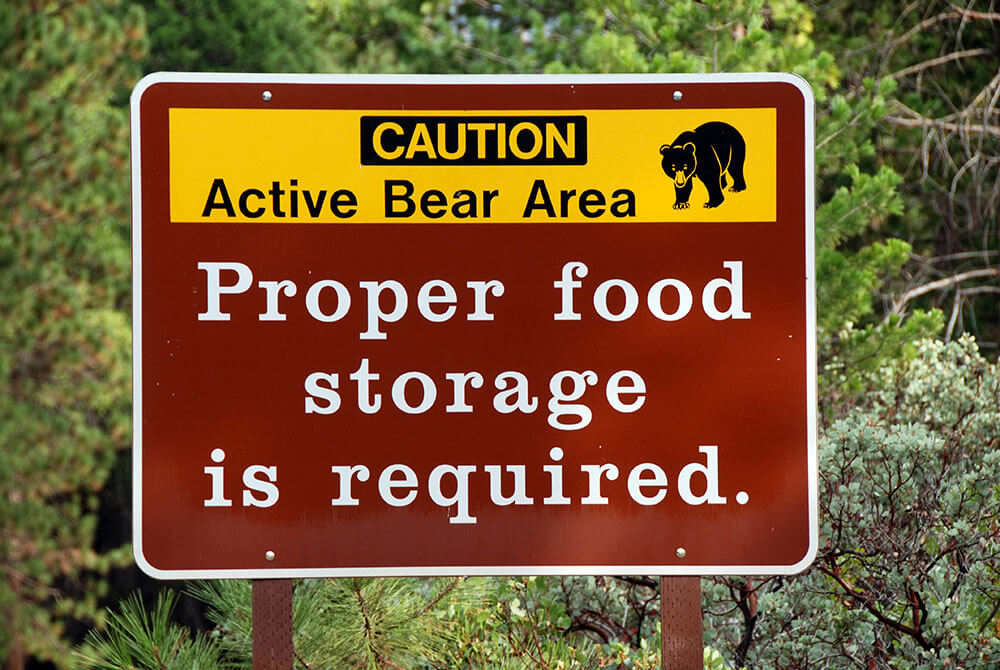
- Keep a clean camp. Wipe down picnic tables and fire pit grills with a solution of water and bleach to remove food odors.
- Keep food out of reach. Suspend food bags from tree branches out of reach, and use bear-proof canisters whenever possible. Some campgrounds have bear bins on their sites to store food and centralized trash bins away from the sites. I’ve seen coolers ripped apart and tents ransacked. One black bear in a campground where my family stayed learned to break windows in autos and RVs to get at food.
- Don’t bring food into your tent. Ideally, you shouldn’t even bring clothes you wore while cooking into your tent.
- Avoid using any strong scents such as perfumes.
- Avoid setting up camp on a game trail. We arrived at a campground after dark one vacation. We soon learned there was a trail right behind our tent that a bear used regularly to enter the campground to scavenge for food. He visited our site every night for a week. Luckily, because we kept a clean camp, there was nothing for him there. He sniffed around our tent (that was scary), picnic table and fire pit, then moved on. The only traces he left were muddy paw prints on our car doors.
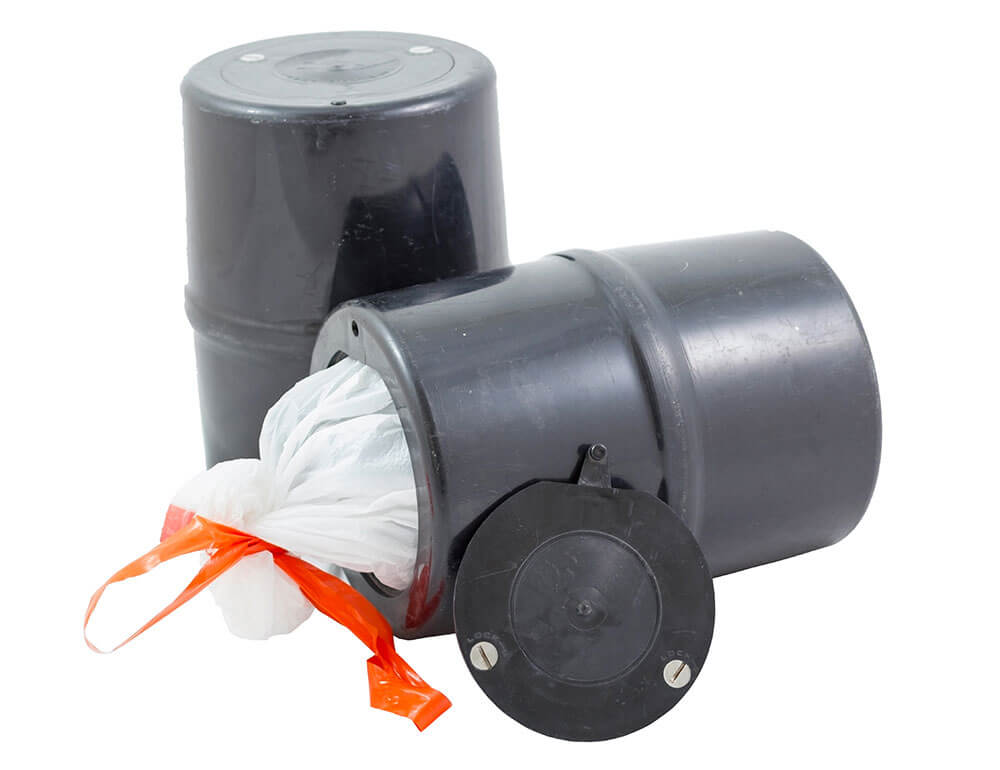
FACE TO FACE
Naturally, if you travel in bear country there might come a time when you do come face to face with a bear. There are some established steps you can take to lessen your chances of an attack. According to the National Parks Service (NPS.gov), when encountering a bear, you should:
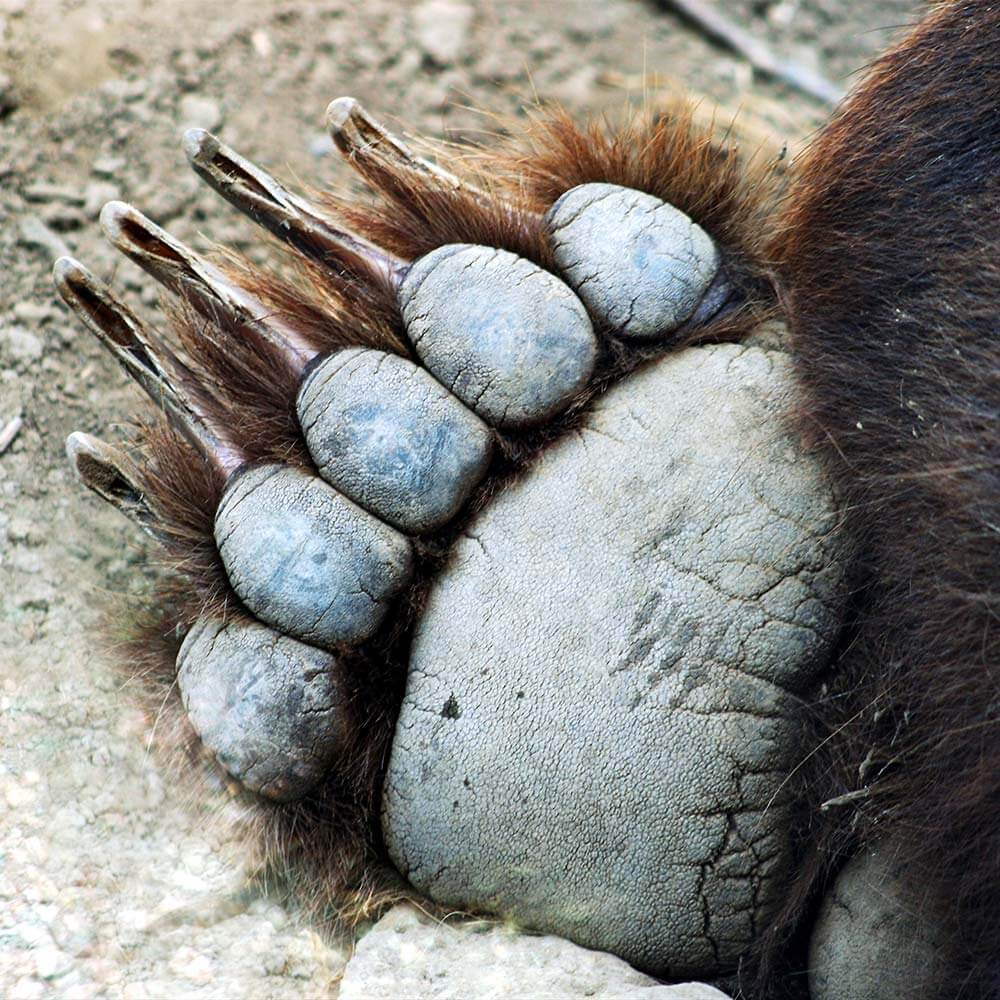
- Identify yourself by talking calmly so the bear knows you are a human and not a prey animal. Remain still; stand your ground but slowly wave your arms. Help the bear recognize you as a human. It may come closer or stand on its hind legs to get a better look or smell. A standing bear is usually curious, not threatening.
- Stay calm and remember that most bears do not want to attack you; they usually just want to be left alone. Bears may bluff their way out of an encounter by charging and then turning away at the last second. Bears may also react defensively by woofing, yawning, salivating, growling, snapping their jaws, and laying their ears back. Continue to talk to the bear in low tones; this will help you stay calmer, and it won’t be threatening to the bear. A scream or sudden movement may trigger an attack. Never imitate bear sounds or make a high-pitched squeal.
- Pick up small children immediately.
- Hike and travel in groups. Groups of people are usually noisier and smellier than a single person. Therefore, bears often become aware of groups of people at greater distances, and because of their cumulative size, groups are also intimidating to bears.
- Make yourselves look as large as possible (for example, move to higher ground).
- Do NOT allow the bear access to your food. Getting your food will only encourage the bear and make the problem worse for others.
- Do NOT drop your pack as it can provide protection for your back and prevent a bear from accessing your food.
- If the bear is stationary, move away slowly and sideways; this allows you to keep an eye on the bear and avoid tripping. Moving sideways is also non-threatening to bears. Do NOT run, but if the bear follows, stop and hold your ground. Bears can run as fast as a racehorse both uphill and down. Like dogs, they will chase fleeing animals. Do NOT climb a tree. Both grizzlies and black bears can climb trees.
- Leave the area or take a detour. If this is impossible, wait until the bear moves away. Always leave the bear an escape route.
- Be especially cautious if you see a female with cubs; never place yourself between a mother and her cub, and never attempt to approach them. The chances of an attack escalate greatly if she perceives you as a danger to her cubs.
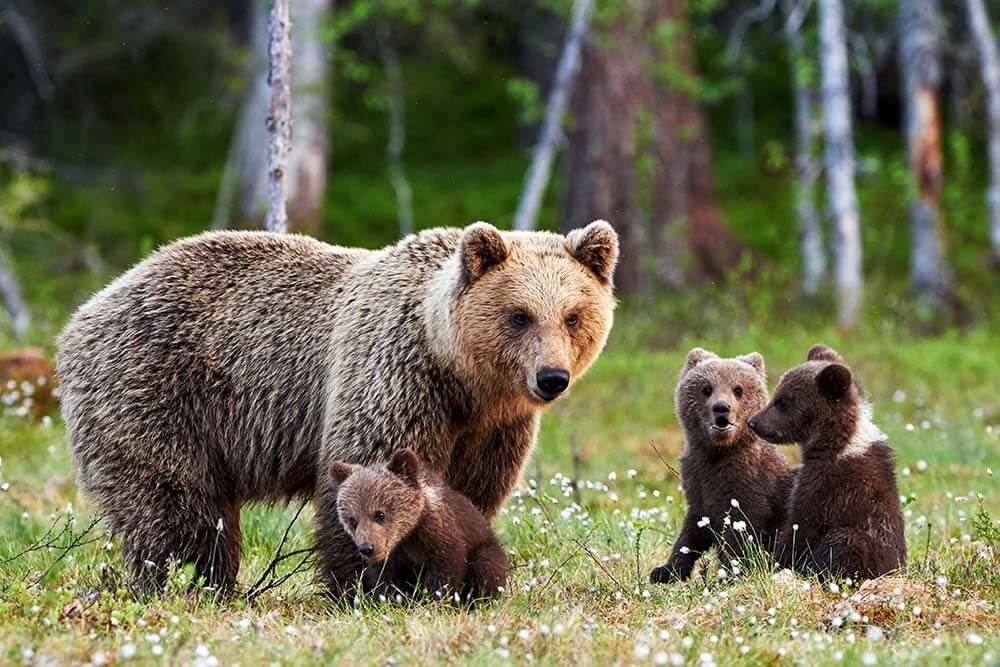
DEFENSIVE MEASURES
So, you’ve tried all of the above and the bear still attacks. Now what? Again the National Parks Service offers this advice:
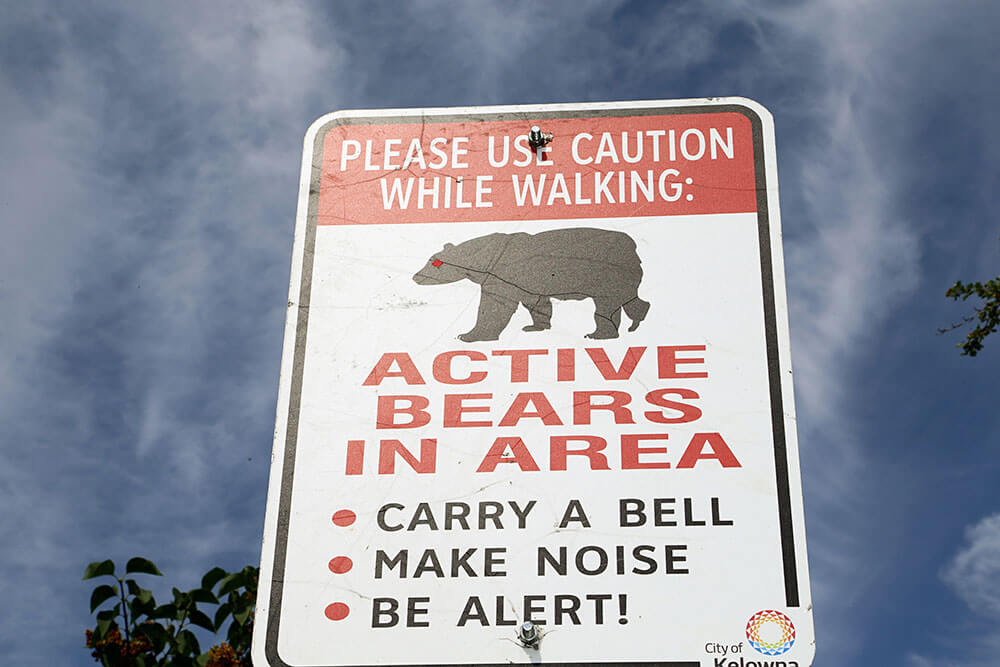
PROJECT007 / DREAMSTIME.COM
Brown/Grizzly Bears: If you are attacked by a brown/grizzly bear, leave your pack on and PLAY DEAD. Lay flat on your stomach with your hands clasped behind your neck. Spread your legs to make it harder for the bear to turn you over. Remain still until the bear leaves the area. Fighting back usually increases the intensity of such attacks. However, if the attack persists, fight back vigorously. Use whatever you have at hand to hit the bear in the face.
Black Bears: If you are attacked by a black bear, DO NOT PLAY DEAD. Try to escape to a secure place such as a car or building. If escape is not possible, try to fight back using any object available. Concentrate your kicks and blows on the bear’s face and muzzle.
If any bear attacks you in your tent, or stalks you and then attacks, do NOT play dead—fight back! This kind of attack is very rare, but can be serious because it often means the bear is looking for food and sees you as prey.
KEEP THEM HANDY
The truth is that both bear spray and firearms have been used to save lives. Still, know that if a sow is protecting her cubs or a particular bear sees you as prey, chances are far greater of a full-on attack and that you’ll be injured no matter what you’re carrying.
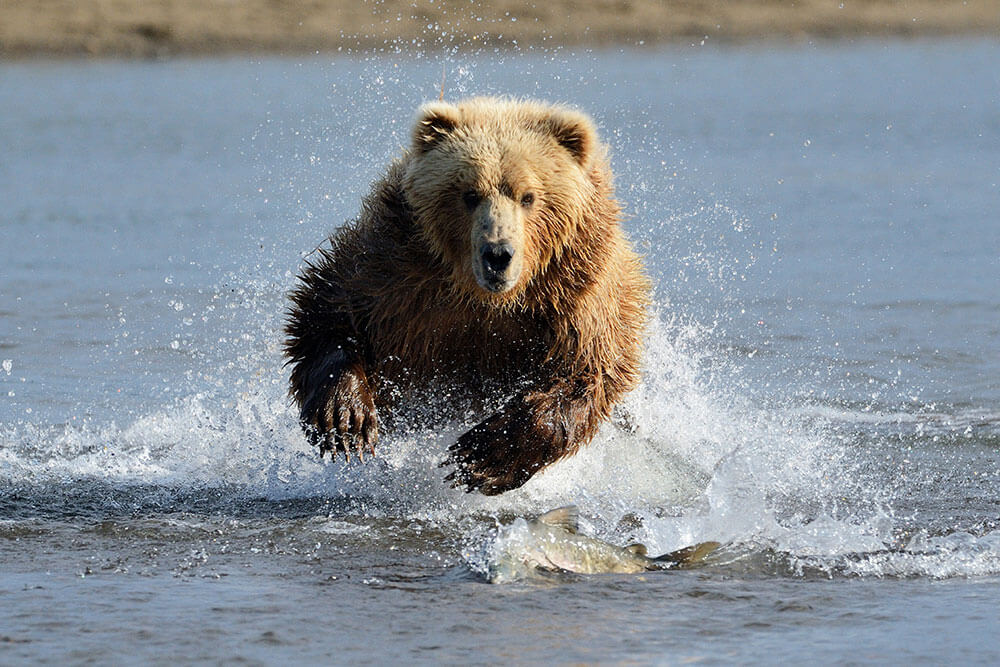
The most important thing either way is that you have the means of defense easily accessible because many bear attacks happen extremely fast. If you opt for bear spray, keep it in a holster on your belt or chest and not in your pack. Practice drawing it and using it so you won’t fumble it under what will be undoubtedly a great deal of stress.
Those who are hunting with rifles at the time of an encounter are more apt to use those rifles than bear spray because that’s what they have in their hands. If a hunter is field-dressing a deer or elk – something likely to attract bears – bear spray or a handgun on the hip or chest is better than that rifle leaning against a tree 30 feet away.
STAY SAFE
Bear populations have been increasing. More people encroach on their territory every year too. That combination heightens the likelihood of human-bear interactions, and they do seem to be on the rise. Still, attacks are relatively rare when you consider how many people venture off pavement every year. So, stay smart, stay safe, and don’t let the horrible stories keep you from enjoying the outdoors. I’d be more afraid of threats from my fellow man in the big cities.
“The truth is that both bear spray and firearms have been used to save lives.”
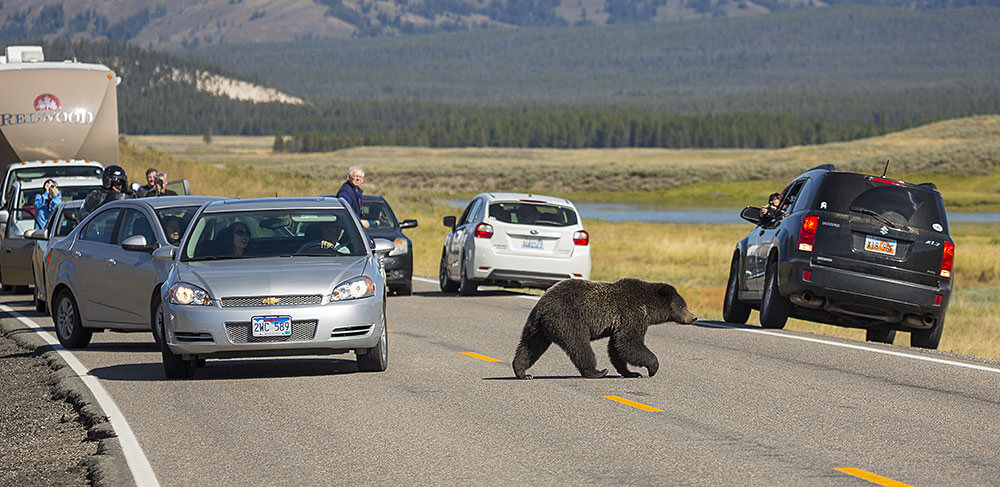
CHASE DEKKER / DREAMSTIME.COM
WHAT ELSE CAN YOU DO?
The two means cited most often to survive at bear attack are firearms and bear spray. Again, opinions vary on which is best, and statistics are often skewed on each side of the argument.
Bear spray is much stronger and comes in larger canisters than your typical personal defense spray. One advantage is that you don’t have to kill a bear. None of us wants to do that needlessly. That’s why most of the backpacking sites and the National Parks Service recommend the spray. The government will never recommend firearms to its citizens for anything.
Some studies tout that bear spray is effective in as many as 90 to 98 percent of the cases it’s used. Look closely and you’ll find other studies that have shown firearms to be equally as effective, despite propaganda to the contrary. Bear spray usually has a shelf life limited of about five years, so it’s not a one-time purchase.
HANG YOUR BEAR BAG THE RIGHT WAY
If you simply hang your food from a tree branch and tie the rope off at the base of the tree, the bear might just figure out that he can drop your food if he bites through the rope. The PCT (Pacific Crest Trail) method works much better to keep your food out of a bear’s reach. Watch this video to see how it’s done.
READ MORE ABOUT BEAR ATTACKS
Batchgeo Maps Attacks
This site maps out human deaths from bear attacks in North America – more than 180 of them – and also provides brief summaries of when and where they occurred and the circumstances.
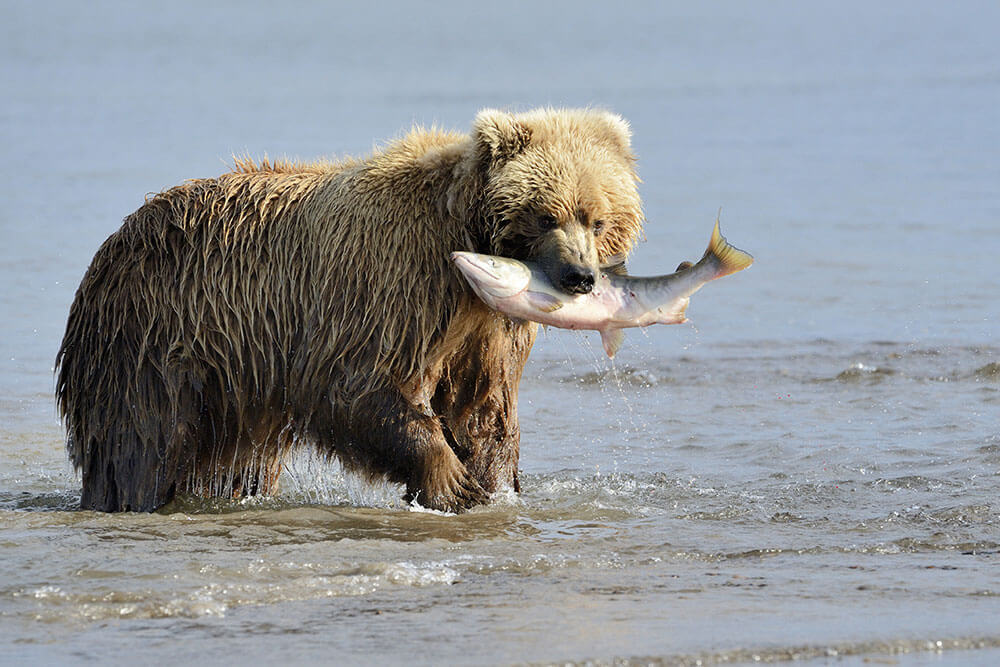
Update: Handgun Or Pistol Against Bear Attack
This 2020 article by Dean Weingarten on Ammoland.com outlines an in-depth study that documents 93 cases in which handguns were fired to defend against a bear attack. The handguns used ranged from .22 rimfires to .460 S&W Magnums. Of those 93 cases, there were only three in which a handgun failed to stop the attacks for a 97 percent success rate.
National Park Service
The National Park Service has lots more advice for staying safe from bears beyond what we’ve listed in this article. It’s a good place to start your research
BEAR SPRAY SOURCES
Guard Alaska Bear Spray by Mace
www.Mace.com
Counter Assault Bear Spray
www.CounterAssault.com
Sabre Red Bear Spray
www.SabreRed.com
UDAP Bear Spray
www.UDAP.com
A version of this article first appeared in the April 2022 issue of American Outdoor Guide Boundless.



